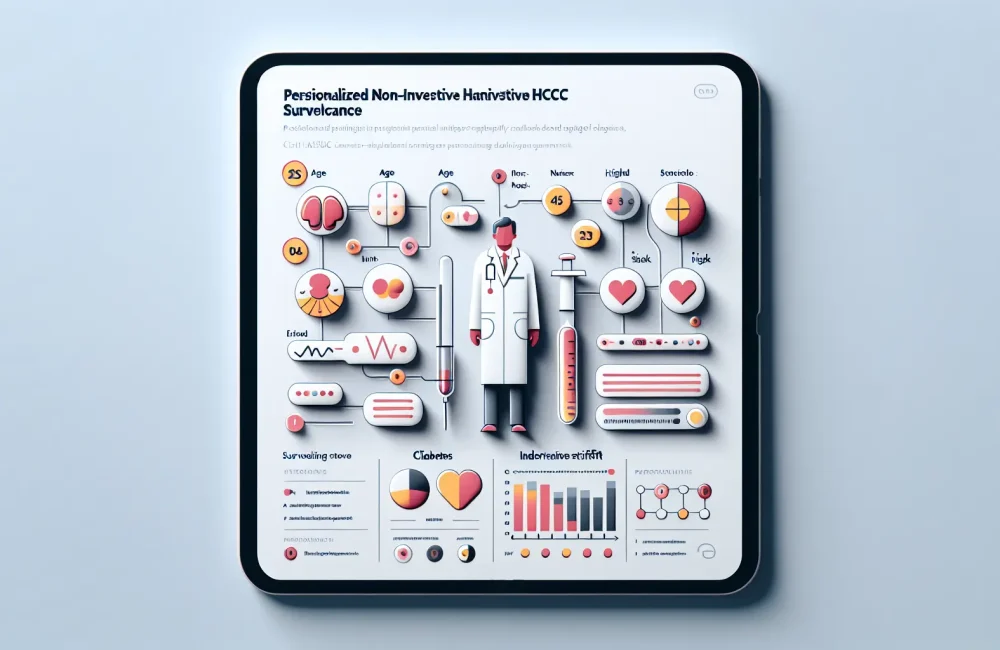By CAFMI AI From JAMA
Understanding Low-Risk Ductal Carcinoma In Situ (DCIS)
Ductal carcinoma in situ (DCIS) represents a non-invasive breast cancer confined within the ductal system, presenting a unique clinical challenge. Historically, DCIS treatment has centered on surgical excision, often complemented with radiation therapy and endocrine therapy to minimize recurrence and progression to invasive disease. However, this approach may not be necessary for all patients, especially those classified as having low-risk DCIS. Low-risk DCIS is generally characterized by small, low-grade lesions bearing favorable biomarkers that indicate a lower likelihood of progression. This subset of DCIS may allow for conservative management strategies that prioritize active surveillance over immediate surgery. Such strategies aim to balance maintaining oncologic safety while avoiding the morbidity and psychological impact associated with surgical interventions. The challenge lies in accurately identifying these low-risk cases and ensuring rigorous follow-up to promptly detect any progression if it occurs.
Clinical Evidence and Trials Supporting Active Surveillance
Recent clinical trials and observational studies have played a pivotal role in reshaping the management paradigm of low-risk DCIS. These studies have compared outcomes of active surveillance, where patients are closely monitored without initial surgical intervention, to traditional approaches involving surgery. Results have suggested that select patients with low-risk DCIS can achieve comparable long-term survival and low rates of progression without undergoing immediate surgery. This evidence challenges the notion that surgical excision is always necessary, highlighting an opportunity to reduce overtreatment. Several ongoing randomized clinical trials seek to establish clear criteria for safely omitting surgery and to provide robust data on monitoring protocols. These trials emphasize shared decision-making, where patients are thoroughly informed about the risks and benefits of each approach, ensuring personalized care. The integration of biomarker profiling and improved imaging techniques further supports tailored treatment decisions by enhancing risk stratification.
Implications for Clinical Practice and Patient Counseling
For healthcare professionals, particularly those in the United States, the evolving evidence on low-risk DCIS management implies significant shifts in clinical workflows and patient counseling practices. Primary care providers and breast specialists must remain vigilant in identifying appropriate candidates for active surveillance through careful assessment of tumor characteristics, patient preferences, and comorbidities. Counseling should focus on educating patients about the indolent nature of low-risk DCIS, the rationale behind surveillance strategies, and the importance of regular imaging and clinical follow-ups to detect any changes early. Red flags such as lesion growth or new symptoms must be promptly evaluated with a low threshold for intervention. Additionally, multidisciplinary discussions enhance decision-making by incorporating perspectives from surgical oncology, radiology, pathology, and medical oncology. As guidelines continue to evolve with emerging data, clinicians should integrate up-to-date evidence into practice, emphasizing personalized, risk-adapted approaches that reduce overtreatment without compromising oncologic safety. Ultimately, patient-centered communication and shared decision-making remain critical to navigating the complexities of DCIS management in contemporary clinical settings.
Read The Original Publication Here






